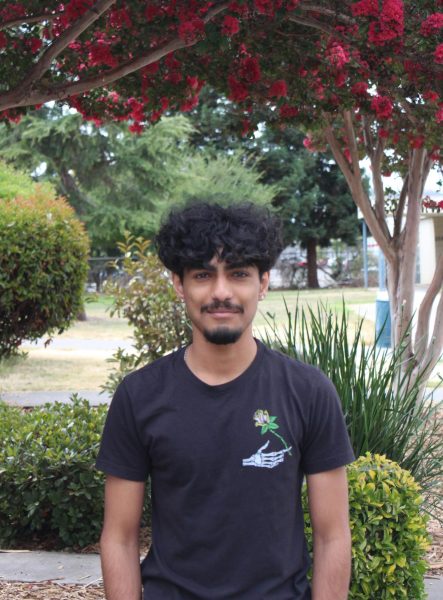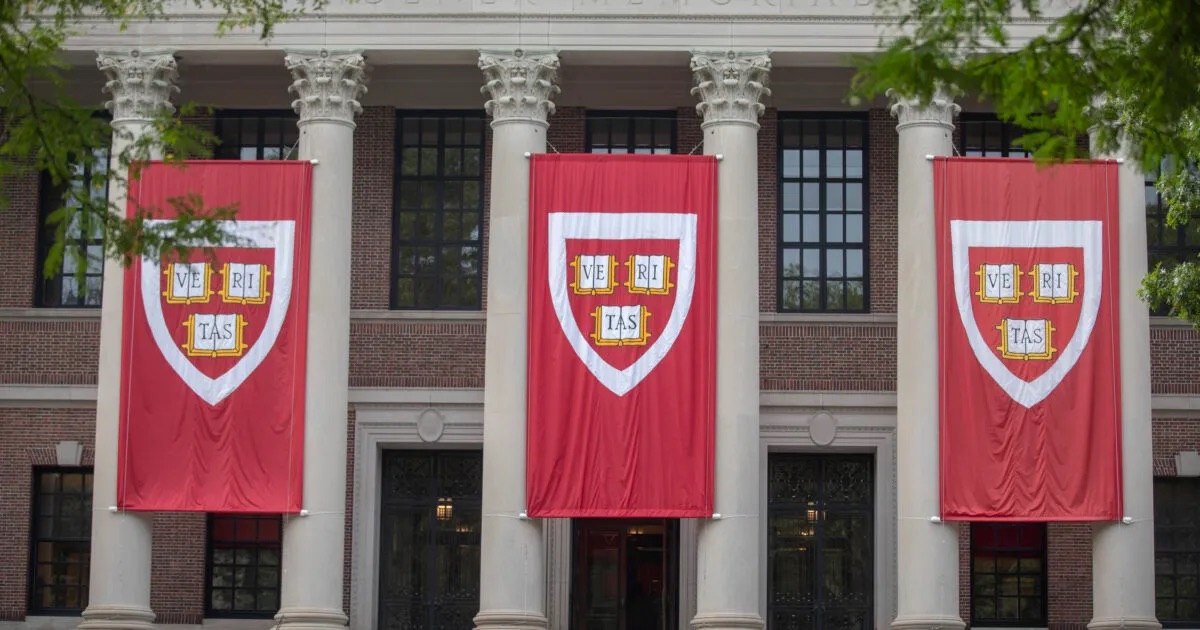1,195 Israelis would be killed on October 7th: 815 of whom were identified as civilians. 254 people would be taken hostage by Hamas that day. The BBC now reports 97 remaining hostages in Gaza. A ceasefire is yet to be negotiated.
That toll has increased significantly, sitting at about 41,900 people in the Gaza Strip. The casualties, though, have become much more disproportionate, with the Palestinian toll at almost 42 times that of Israel’s. According to Al Jazeera’s live toll, there are about 41,870 dead in the Gaza Strip, 40% of which are children, and 10,000 more who have simply been reported missing. Israel reports 1,139 dead, including 695 civilians, 71 non-citizens, and 373 armed troops.
The brutality has continued within the West Bank. Dozens continue to be killed in weekly raids on refugee camps, the rest captured and arrested. Israeli troops have opened fire on UN peacekeepers, aid workers, and journalists as well, deliberately aiming for locations in which the aforementioned are clearly stationed. The UN reports an escalation in illegal settlement in the area as well, with the Israeli population rising to about 700,000 in the occupied West Bank alone. These settlers have committed 3,372 violent crimes and injured 1,222 Palestinians in the past decade, and will most likely continue to do so, as they are rarely ever investigated by the Israeli government. The settlements are a step towards the 1977 Drobles Plan, which the Applied Research Institute of Jerusalem defines as the “establishment of colonies throughout the West Bank in hopes for a future Israeli annexation”.
The war has begun to sprout outside the Levant as well. On October 1st of this year, Iran officially stepped into the conflict through its unprecedented missile barrage on Israel. The missiles were allegedly aimed at three military bases in Tel Aviv. No deaths were reported. The attack was likely in retaliation to the assassination of Hassan Nasrallah, head of Lebanese militant group Hezbollah, and carried out by Israel through missile strikes on Hezbollah headquarters. Iran has been financially backing the Shia militant group since before the start of the war, but this is the first direct exchange between itself and Israel. The deaths of IGRC commander Abbas Nilforoushan and Hamas head Ismail Haniyeh have also been linked as motivations for the attack.
Hezbollah’s involvement in the conflict is not a novelty, on the other hand, having been at war with Israel since. According to the Wilson Center, Hezbollah’s 1985 manifesto establishes itself as a collective of various domestic motivations, being an oppressed Muslim group locally, as well as regional ones, declaring itself as a means to “expel Western influence”, “destroy Israel”, and “pledge allegiance to the Iranian supreme leader”. Despite their differences, Hamas being Sunni, and Hezbollah Shia, their shared goal in Israeli devastation has led to Iran funding the both since as far back as the 90s.
During the past summer, Israel has also been responsible for bombings in the Lebanese capital of Beirut in exchanges of fire with Hezbollah. So far, Al Jazeera reports around 2000 deaths in Lebanon attributed to Israel, raising concerns of a larger Levantine conflict. The Wall Street Journal and NPR report that, not long before, Israel bombed Yemeni ports deemed “weapon storage facilities” in July of this year, and “Hezbollah weapons smugglers” in a residential building in the Syrian capital of Damascus on October 8th, killing 7 and injuring another 11.
As we pass the one-year mark from the beginning of this conflict, the numbers show no sign of slowing down. Beyond the death toll and casualty count, the war has caused around 2 million to be displaced, and counting.





